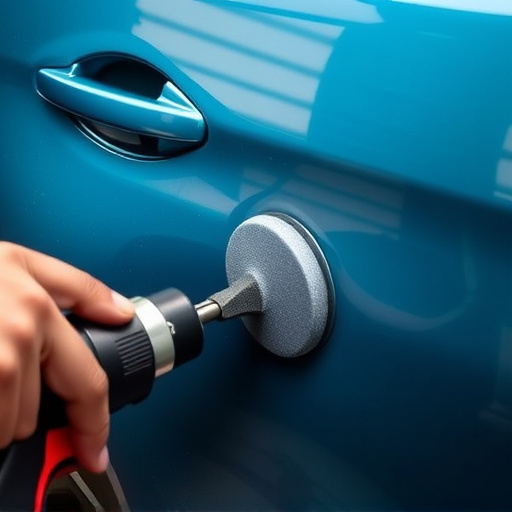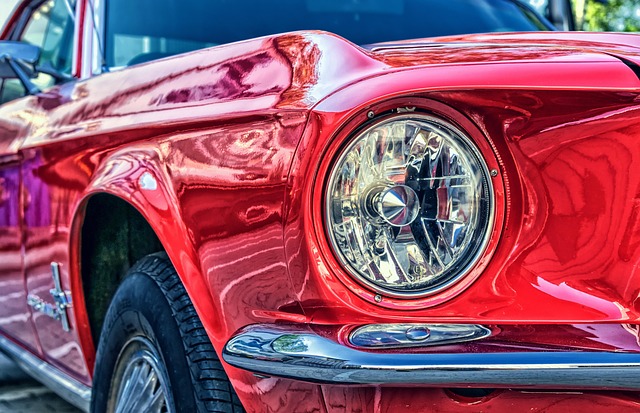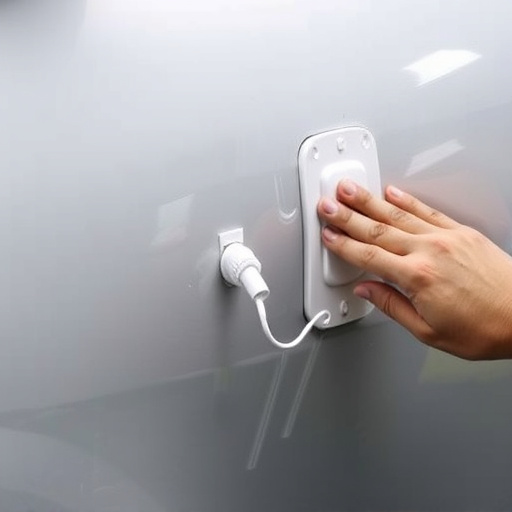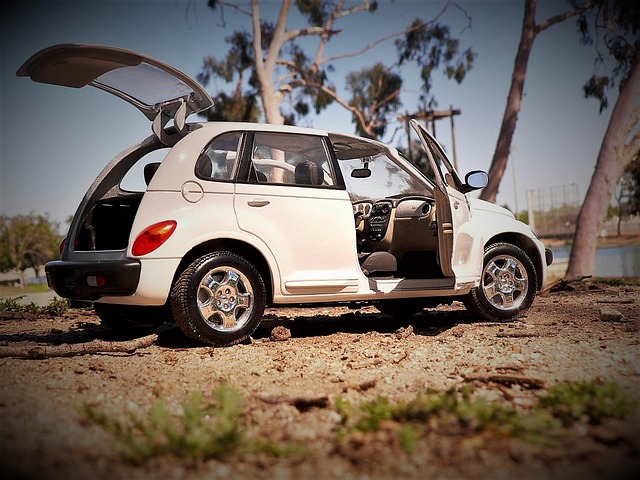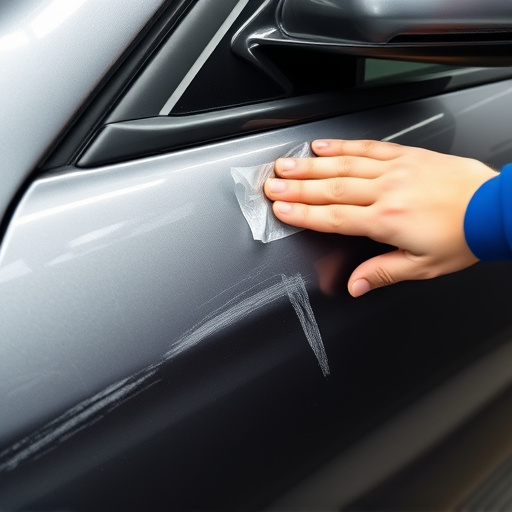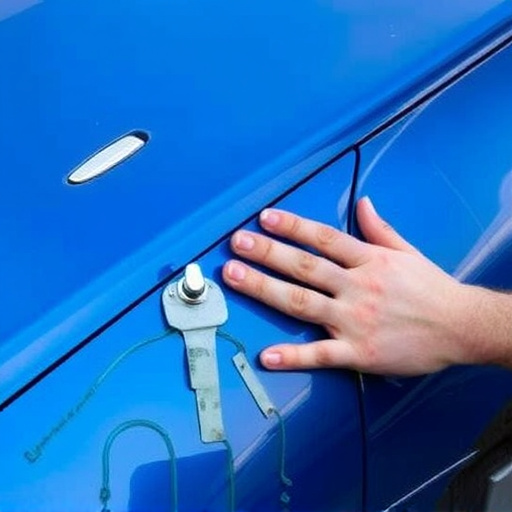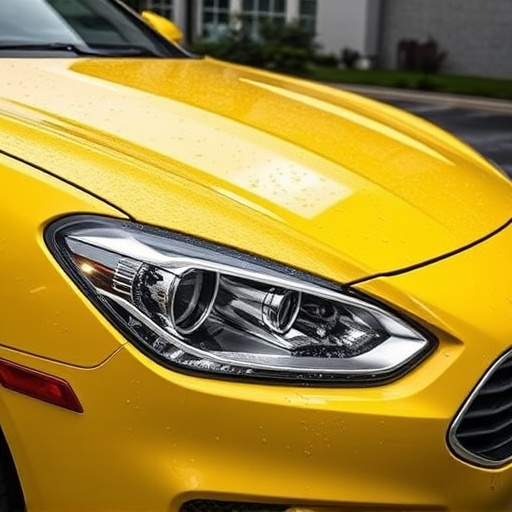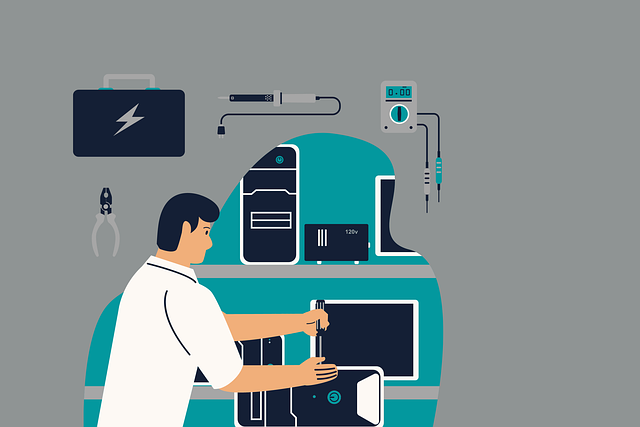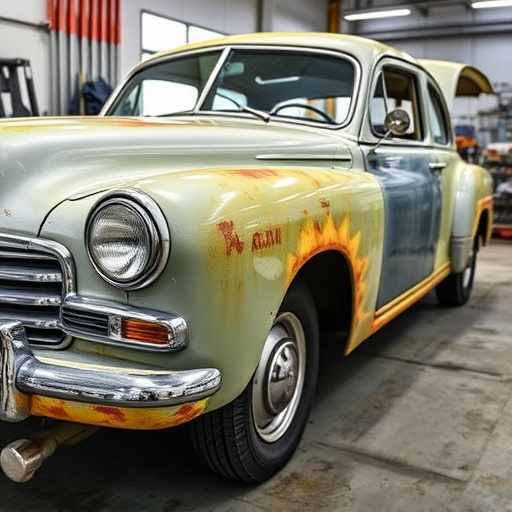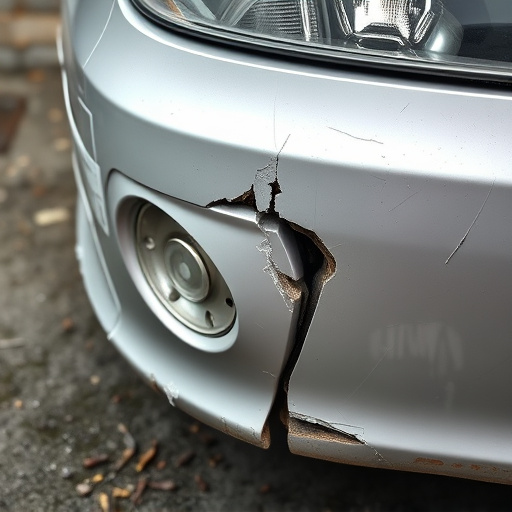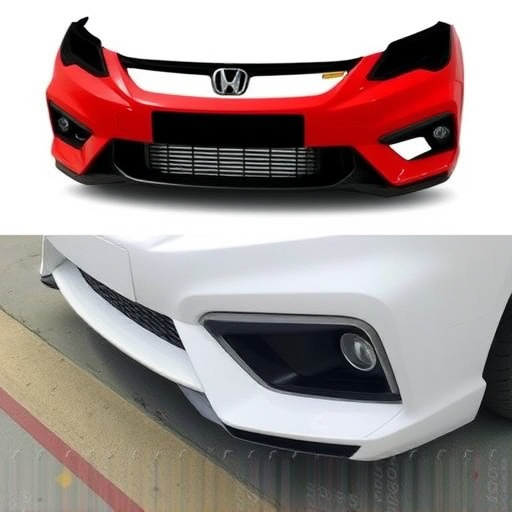Mercedes driver assistance repair involves advanced systems like adaptive cruise control, lane-keeping assist, and automatic emergency braking. Repairs require adhering to Mercedes-Benz technical guidelines using OEM parts and tools for safety and quality. Diagnosing malfunctions, repairing sensors, cameras, and radars, and calibrating systems ensures optimal performance and vehicle value after any incident.
Mercedes driver assistance repair is a critical aspect of maintaining modern vehicles. This comprehensive guide explores the intricate world of Mercedes-Benz Driver Assistance Systems, focusing on troubleshooting common malfunctions and adhering to official technical guidelines for repairs. By understanding these systems, owners can ensure optimal performance and safety features that define the Mercedes brand. Through diagnosing issues efficiently and following precise repair procedures, you’ll keep your Mercedes at peak condition, enhancing both driving experience and overall vehicle longevity.
- Understanding Mercedes-Benz Driver Assistance Systems
- Diagnosing Common Driver Assistance Malfunctions
- Repair Procedures Following Technical Guidelines
Understanding Mercedes-Benz Driver Assistance Systems

Mercedes driver assistance systems have revolutionized the way drivers interact with their vehicles, enhancing safety and convenience on the road. These advanced features include everything from adaptive cruise control and lane-keeping assist to automatic emergency braking and 360-degree cameras. Understanding how these systems work is crucial for anyone looking into Mercedes driver assistance repair. The core of these systems involves a complex network of sensors, cameras, and radars that constantly monitor the vehicle’s surroundings and make real-time adjustments to ensure optimal performance and safety.
When it comes to repairs, adhering to the Mercedes-Benz technical guidelines is essential. This means not only replacing faulty components but also recalibrating the system to maintain its accuracy and reliability. An experienced automotive body shop with specialized training in Mercedes driver assistance repair can perform these tasks effectively, ensuring that your vehicle’s safety features function flawlessly after a fender bender or hail damage repair.
Diagnosing Common Driver Assistance Malfunctions

Diagnosing common driver assistance malfunctions is a critical step in performing an effective Mercedes driver assistance repair. These systems, designed to enhance safety and convenience, can encounter issues due to various factors such as sensor malfunction, software errors, or compatibility problems. Mechanics skilled in Mercedes-Benz technical guidelines should begin by conducting thorough inspections of the sensors, cameras, and radar units integral to these systems.
Identifying specific error codes or unusual system behavior through diagnostic tools can pinpoint problematic areas. For instance, a vehicle’s adaptive cruise control (ACC) might struggle to maintain a safe distance or experience unexpected deceleration. Such issues could stem from faulty sensors, requiring careful calibration or replacement. Alternatively, a misaligned camera feeding the lane-keeping assist function could lead to system ineffectiveness, necessitating precise adjustments and auto body services for any related damage during collision repair.
Repair Procedures Following Technical Guidelines

When conducting a Mercedes driver assistance repair, it’s paramount to adhere strictly to the Mercedes-Benz Technical Guidelines. These guidelines are designed to ensure that repairs maintain the highest standards of safety and quality specific to Mercedes vehicles. Following these guidelines meticulously involves using original equipment manufacturer (OEM) parts and tools, as well as employing techniques approved by Mercedes-Benz. This not only guarantees the reliability and performance of the driver assistance systems but also preserves the vehicle’s overall functionality and value.
The repair procedures themselves are a meticulous dance, requiring a deep understanding of complex automotive technology. This includes the integration of advanced safety features such as collision avoidance systems, lane keeping assist, and adaptive cruise control. Technicians must carefully document each step, verify calibrations, and test the systems extensively to ensure they function flawlessly. Services like car paint repairs, tire replacements, and even dent removal can be part of this process, contributing to the vehicle’s overall restoration while ensuring that Mercedes-Benz’s technical standards are met.
Mercedes driver assistance repair is a critical aspect of maintaining the advanced safety features found in modern Mercedes-Benz vehicles. By adhering to the brand’s technical guidelines, technicians can ensure that repairs are performed accurately and effectively, preserving the integrity of the driver assistance systems. Understanding these systems and following established procedures is key to keeping both drivers and passengers safe on the road.
